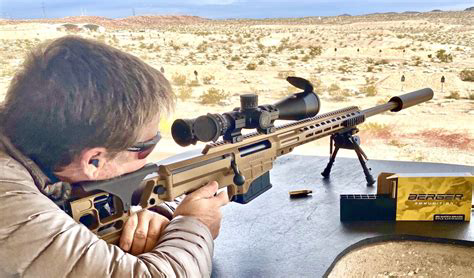The design of a sniper rifle involves careful:
Consideration of factors such as accuracy, range, ergonomics, and stealth. Key elements in designing a sniper rifle include:
1. Precision and Accuracy: Sniper rifles are engineered for exceptional accuracy at long ranges. This involves factors such as barrel quality, muzzle velocity, and bullet stability.
2. Optics:High-quality scopes with magnification capabilities are crucial for snipers. These optics play a significant role in target acquisition and accuracy.
3 .Ammunition:Designers must consider the caliber and type of ammunition suitable for the intended purpose. Balancing stopping power with recoil and bullet trajectory is essential.
4. Stealth and Concealment: Sniper rifles often incorporate features to minimize visibility and suppress sound. This includes specialized coatings, muzzle devices, and other stealth-enhancing components.
5. Ergonomics:The rifle's design must be ergonomic to ensure the comfort and stability of the sniper during extended periods of use. Adjustable stocks and grips contribute to better Handling.
6. Durability: Sniper rifles are constructed to withstand harsh conditions. Materials and finishes must resist corrosion, and moving parts must endure repeated use.
It's important to note that discussions around designing weapons should always consider ethical and legal aspects. If you have more specific questions or need information on a different topic, feel free to ask.






Wow
ReplyDeleteSplendid ♥
ReplyDeleteSplendid ♥
ReplyDeleteGood
ReplyDelete